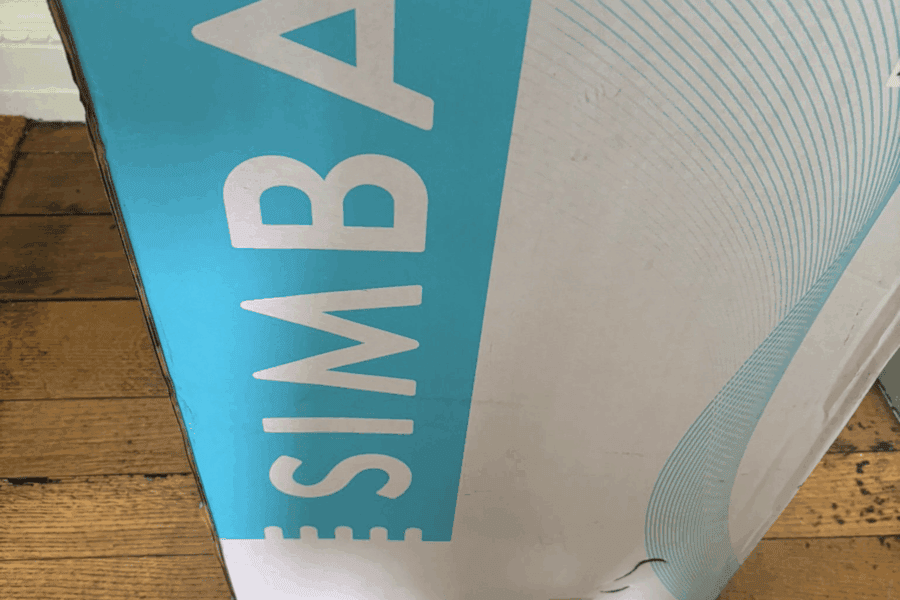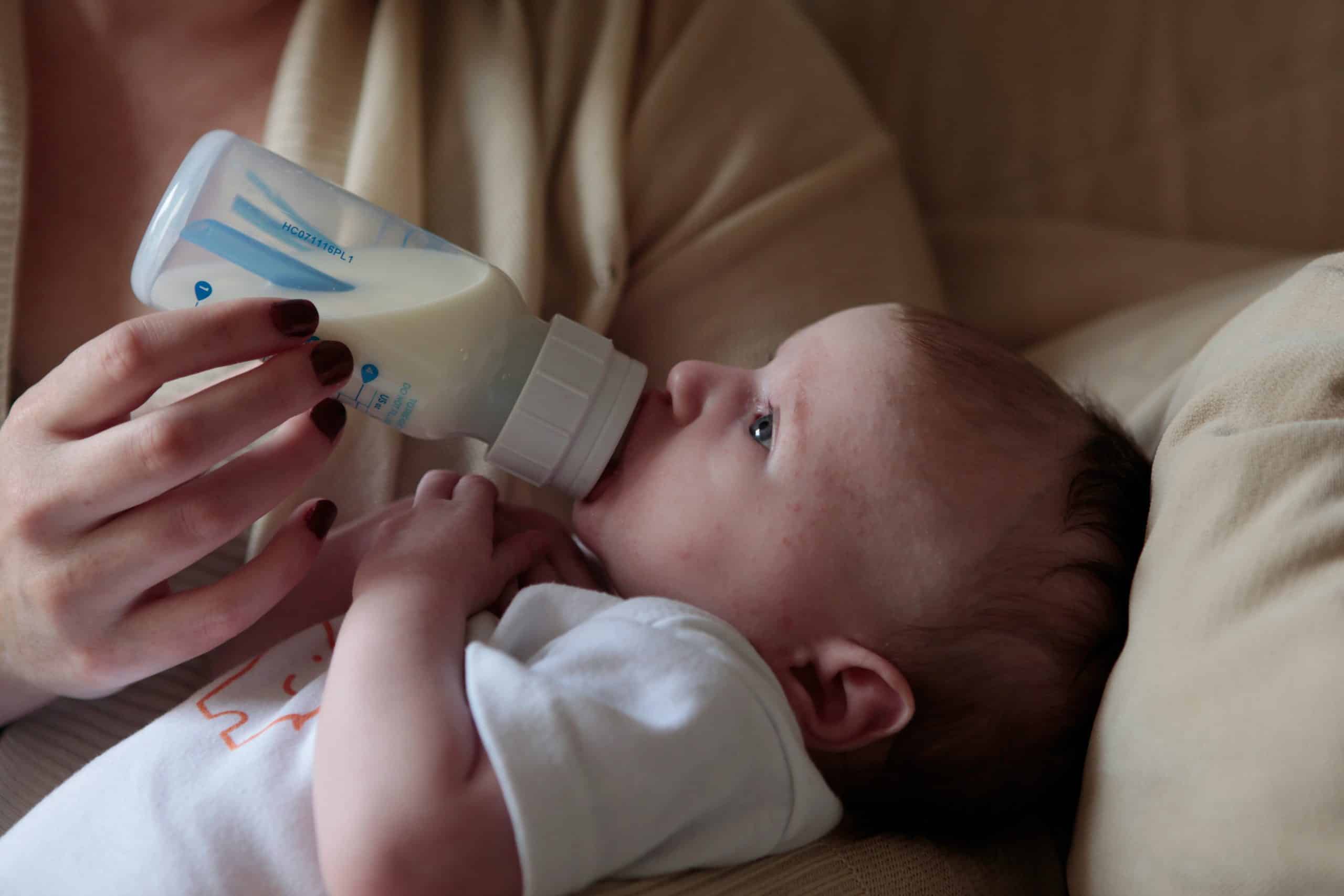Latching On
A good nursing pillow or plenty of cushions to hand are a must when you are breastfeeding. Even though a newborn baby is relatively light, when you have to hold them in a particular position at the breast for a period of time, they can suddenly become very heavy.
Once you have positioned yourself comfortably on a chair or bed, you need to find the most comfortable position for you. There are various positions that can be used and lots of images and videos posted on breastfeeding websites, to give mothers an idea of how to sit and where to place the baby.
Essentially, you and your baby will very quickly find a position that you both prefer. Below is a picture with various examples of positions you can use when feeding one baby.
The standard position with which most mothers begin is the ‘cradle hold cuddle’. Hold her in your arms with her head cradled in your arm of the first breast. You can then use the other hand to help latch her on to the breast.
The ‘rugby ball hold’ is particularly helpful to use with small premature babies, and mothers who have large breasts, to prevent the baby from being buried by the boob! Place a pillow or cushion (I found a V-pillow to be the best) next to you. Place your baby across the cushion so that her legs are facing away from you with her head level with your breast. (See picture above).
By following the steps below every time you latch your baby on to the breast, they will be able to find the nipple and get going much quicker.
- Try to ensure your baby is fully awake before you begin.
- Stroke her cheek on the side that you need her to turn towards the breast. Her rooting reflex will encourage this.
- Tease her with the nipple around her lips until she opens her mouth very wide.
- Cup your breast with your thumb above the nipple and rest of your hand underneath.
- Lift your breast up and when you think the time is right, push your breast into her mouth trying to get a large amount of the areola underneath your nipple into her mouth along with the nipple. (See picture below).
- Make sure her tongue (which should be down underneath the nipple), bottom lip, and chin touch your breast first as you push the breast into her mouth.
- In the early days, before your milk comes in, latching your baby on to your breast and doing the feed isn’t usually painful. If you do find that it is painful as your baby begins sucking then you need to break the suction on your nipple by placing your finger between her mouth and your nipple and attempt the latching-on process above again.
- Once your milk comes in – between days two and five – then it is very normal for for many mothers to find the latching-on process to be painful for the first 10–15 seconds. As soon as you get your milk let down then the pain subsides, and as your baby continues to suck it no longer hurts, and you should just feel a gentle tugging at your breast as your baby feeds. This initial latching on pain tends to last for around 2-4 weeks and after this period of time, it will no longer be painful at all to latch your baby on for the majority of mothers.
- If you are still having trouble trying to latch your baby on to the breast correctly, then you can ask your midwife for your local breastfeeding counsellor or lactation consultants’ contact details. They have volunteers who will visit you at home to offer free help and advice.
I hope you found this post helpful! let me know what you think, and please LIKE and SHARE so others can read it too.





